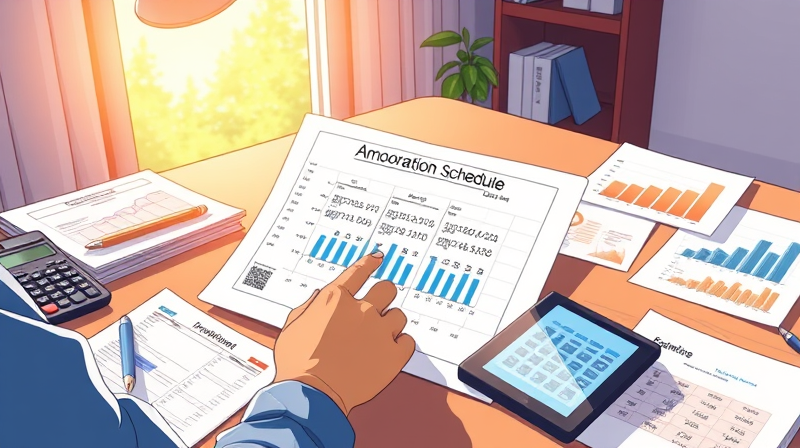
Becoming self-employed offers freedom, creativity, and independence—but when it’s time to secure a mortgage, that freedom can feel like extra scrutiny. Lenders want assurance that your entrepreneurial path translates into steady financial footing. By understanding how lenders review self-employed income, you can present your financial story with clarity, confidence, and a compelling case for homeownership.
In this guide, we explore lender priorities, key documentation, calculation methods, trend analysis, and strategic tips to strengthen your mortgage application. Let’s turn documentation into your advantage and move you closer to opening the door of your next home.
Lenders assess self-employed borrowers with an eye toward stable, ongoing, and sufficient income. They don’t just want to see profits; they seek evidence that your business is healthy and your earnings aren’t a one-time windfall. Here’s what drives their decision-making:
By aligning your application with these priorities, you show lenders that your self-employed income isn’t a risk—it’s a foundation.
Documentation is the bedrock of lender confidence. While requirements vary by loan program, most lenders request these core documents for self-employed income verification:
Additional supporting items—business licenses, client agreements, or corporate filings—can further validate your professional standing. The goal is to offer clean and organized documentation that paints a transparent financial portrait.
Lenders employ various approaches to quantify self-employed income. Each method suits different borrower profiles and loan programs. The following table outlines the most common calculation techniques:
Choosing the right method hinges on your tax profile, expense structure, and loan objectives. A well-prepared borrower can leverage alternative documentation for borrowers who write off substantial expenses or show paper losses.
Lenders dig deeper when year-over-year income swings appear. Significant declines trigger questions: Was it a one-time event? Market-driven? Or a lasting downturn? To address this, prepare:
By proactively explaining volatility, you turn a potential red flag into an opportunity to highlight resilience. Lenders appreciate comprehensive written income analysis, and it often smooths the path to approval.
Not every borrower fits the conventional mold. Fortunately, lenders offer flexible programs designed with self-employed professionals in mind. For instance:
Bank statement loans allow qualification based solely on deposit history, ideal if your taxable income is low due to deductions. 1099-only programs average contractor income without requiring business returns. Some lenders even permit a one-year average for rapidly growing businesses. Understanding these alternatives means you can select the program that aligns best with your financial reality.
Maximum debt-to-income ratios range from 36% to 50%, depending on the loan type. Presenting a lower DTI can unlock better rates and higher loan amounts.
Use these practical strategies to boost your self-employed income profile:
By following these steps, you demonstrate financial discipline and transparency, making your application compelling.
Self-employment is more than a career choice; it’s a testament to your drive, creativity, and independence. While lenders require extra evidence, the process also offers a chance to showcase your business acumen and financial savvy.
Armed with the right documentation, clear analysis, and strategic program choices, you can transform lender scrutiny into a springboard toward owning your dream home. Remember: every schedule, statement, and signature tells the story of your success. Present it confidently, and step into your next chapter with the keys in hand.
References













